The Medieval side of Messinia
Messinia was chosen as one of the top 20 best destinations in the world for 2011, by the National Geographic Traveler Magazine. That’s pretty impressive!
The region of Messinia is in the southern part of Peloponnese and it’s a place of history, culture, distinctive architecture and astonishing natural beauty that includes wild mountains, lovely evergreen valleys, sun-drenched plains, amazing beaches and secluded bays with crystal clear waters.
Thousands of people from all over the world visit Messinia throughout the year. Aside from the beautiful landscape, visitors seem to be extremely intrigued by the numerous medieval castles, most of which are well preserved until nowadays. The most important and impressive ones are listed below:
Castle of Pylos
The fort of Pylos was built by the Ottomans in 1573 -after their defeat in the naval battle of Nafpaktos- aiming to give them control of the southern entrance of the Navarino bay. In 1686 it was turned over to the Venetians, only to be returned to the Ottomans in 1715. After Greece’s liberation (after WW2), the fort was used as a prison, before being included in the administration of the Hellenic Archeological Division.
Castle of Kalamata
On the 6th century AC, the Christians built a church dedicated to Virgin Mary on top of the ancient remnants of the city’s ancient palaces. The Francs took over the entire acropolis in 1205, built walls approximately 2.5 meters thick and a multi-story tower. The castle passed on from Francs to Ottomans, only to be delivered to the Greeks on March 23rd 1821. During WW2 the castle was under the Italian and then the German command. Today, it’s a place of utmost historical importance, enjoying the panoramic view of the city of Kalamata.
Castle of Koroni
The state of Koroni was very powerful in the ancient years. Today, its castle is the only reminder of the city-state’s glorious past. The Francs and then the Venetians took over the castle and made it the hub of the area’s commercial, military and administrative life. After 1500, it was turned over to the Ottomans, then emperor Charles V, the Venetians and then the Ottomans again. The Castle’s layout changed numerous times over the centuries. Among the remnants, visitors will see the lovely Byzantine church of Agia Sofia from the 12th century.
Castle of Methoni
The massive castle of Methoni is situated in the southernmost part of Peloponnese and even includes the small islet of Bourtzi. It was fortified by an octagonal tower. Only its northern part faces the mainland, while the other overlook the sea. In the abovementioned islet, many soldiers and residents of Methoni were slaughtered by the Turks on 1500. The castle’s administration passed from the Ottomans to the Venetians and vice versa. Today it stands proudly, isolated and deserted. The locals say that when the winds blow, they can still hear the screams of the prisoners and the people who were killed there.
Castle of Zarnata
This small elegant castle is located about 22 kilometers from Kalamata, on the way to Aeropoli, and it was built on top of a prehistoric acropolis. The castle was taken over by the Turks on 1460, who destroyed its Byzantine stigma, and then to the Venetians. On 1776, the locals gained it back and made it an important local administrational hub. Today, remnants of the Medieval walls, murals from the 15th century and the churches of Agios Nikolaos and Zoodochos Pigi are preserved.

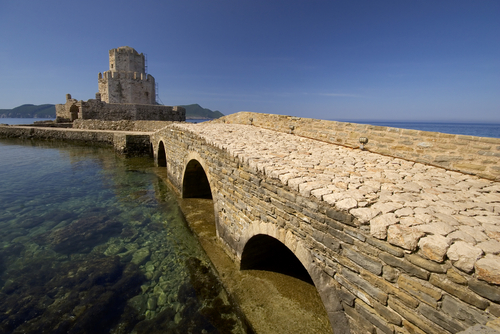
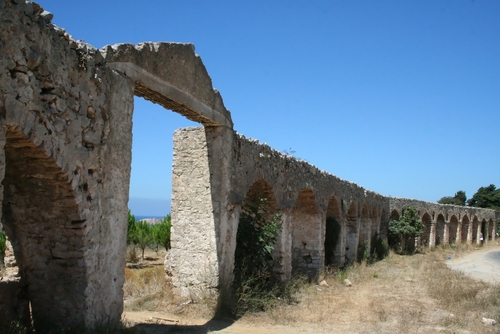
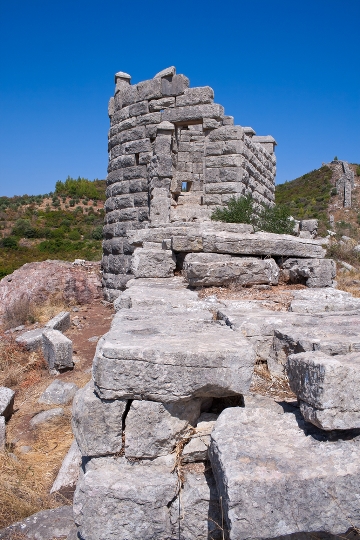
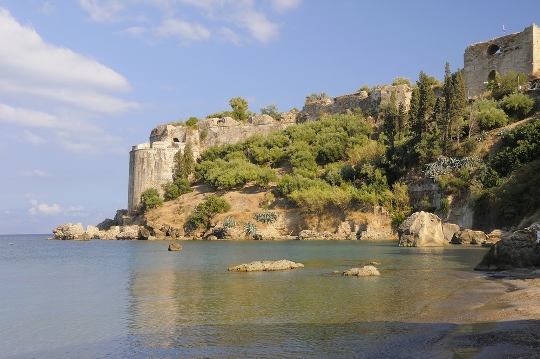
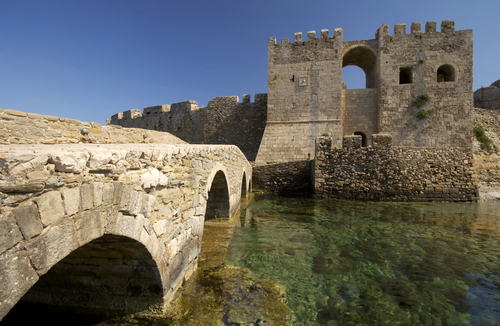
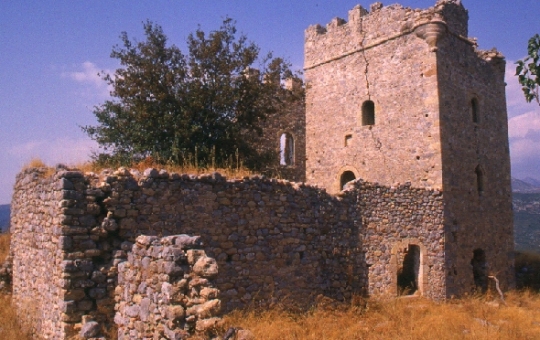

Nice post! There are some really beautiful places in Messinia. The island of Sapientza is out of this world. Perhaps you could write about it if you haven’t already!
Nice post! There are some really beautiful places in and around Messinia.
The island of Sapientza just across the bay from Methoni is a must visit location! Perhaps you could write about it if you haven’t already?
Thanks for another magnificent article. Where else could anyone get that kind of info in such an ideal way of writing? I have a presentation subsequent week, and I’m at the look for such information.